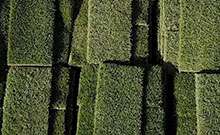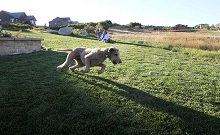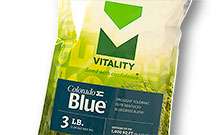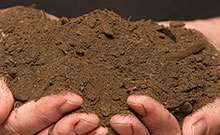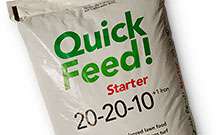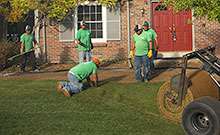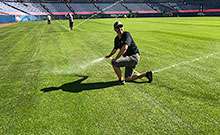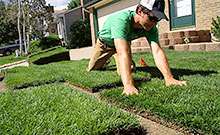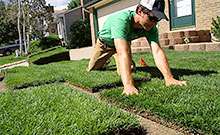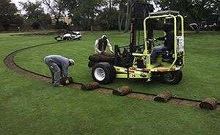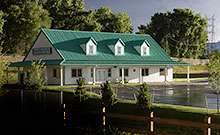CONTROL SPRING CRABGRASS
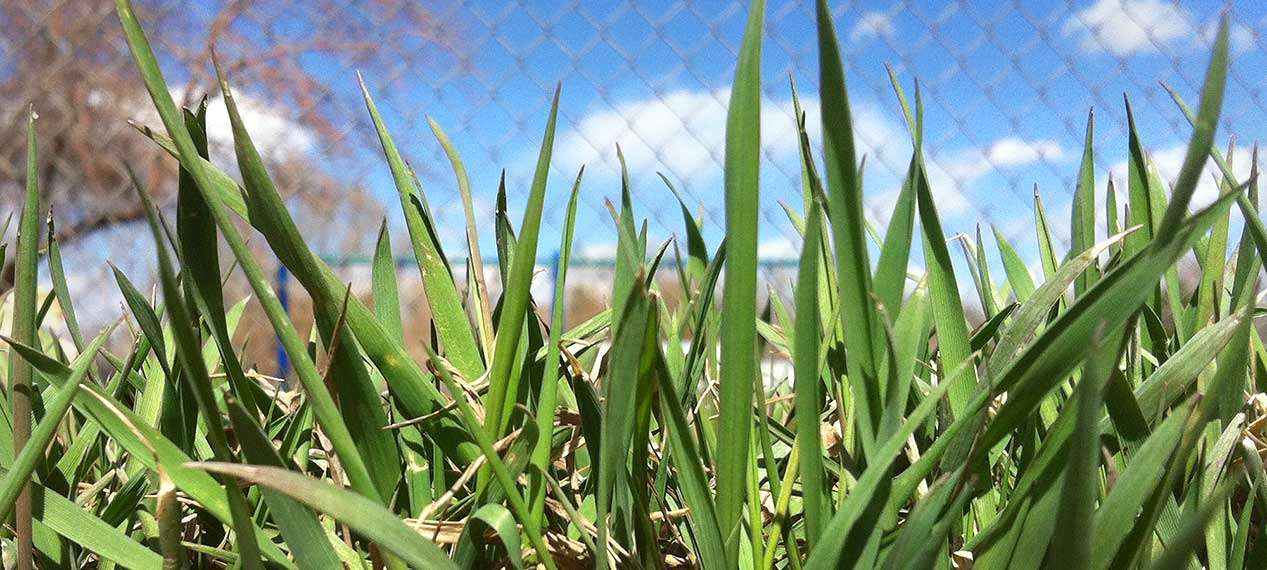
Pre-emergent herbicides form a barrier against crabgrass germination
Pre-emergent herbicides can be useful in maintaining a healthy lawn. Herbicides can be categorized as either pre-emergent or post emergent. Post emergent herbicides are applied to the foliage of weeds that are already growing and are visible in your lawn. Pre-emergent herbicides form a barrier in the top inch of the soil and prevent emerging seedlings.
Crabgrass likes heat
Pre-emergent herbicides are most effective on annual grassy weeds like crabgrass, barnyard grass, and goosegrass. Crabgrass creeps in where the soil heats up earlier in the year and where the edges of the lawn are exposed. Colorado homeowners often experience crabgrass infestation adjacent to sidewalks, patios and hardscapes.
Stop crabgrass from germinating
A great way to combat these grassy weeds is to apply a spring application of pre-emergent. Pre-emergent herbicides can be purchased in liquid or granular form. In granular form, many pre-emergent products are combined with fertilizer. In Colorado, the best time to apply a pre-emergent herbicide is March to early April before grassy weeds germinate. It is best to aerate prior to applying pre-emergent so the chemical barrier is not broken. Due to large swings in temperature during late winter and early spring in Colorado, grassy weeds start appearing in March and April. When conditions favor earlier than normal crabgrass germination and you have missed pre-emergent application, use a post emergent herbicide to eradicate crabgrass. Post emergent applications for crabgrass are most effective in the early or juvenile stage of weed growth. Be sure to spray when the temperatures are above 60 degrees Fahrenheit.
When your grassy weed problem is limited to border areas of your lawn, consider a 3 foot band application of pre-emergent as an alternative to a blanket application over your entire lawn.

